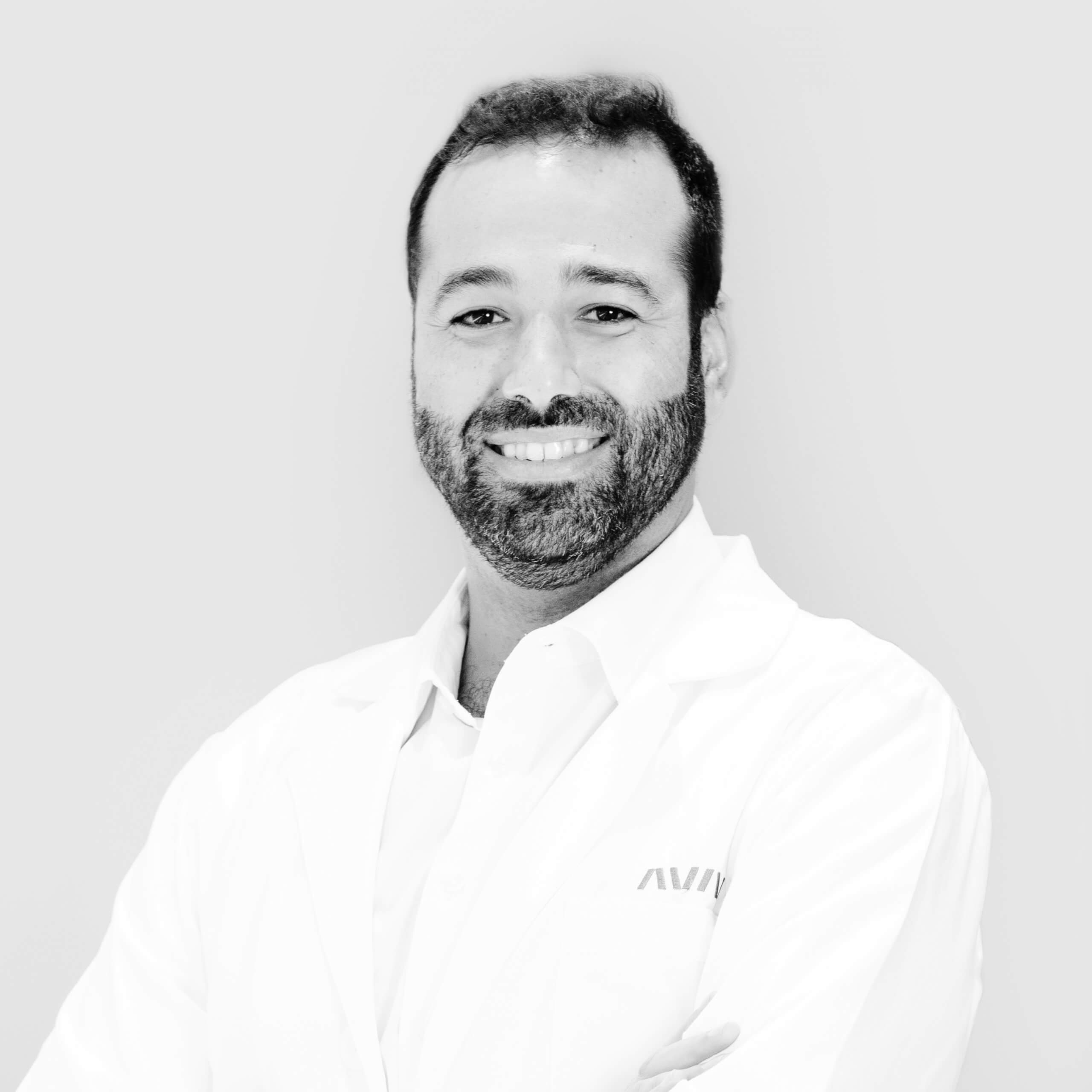
Hyperbaric Oxygen Therapy (HBOT) for Stroke Patients: 3 Key Research Findings


Recovering from a stroke is a journey that requires the right information, resources, and care. One area that continues to generate strong interest by both patients and researchers is hyperbaric oxygen therapy (HBOT) for stroke patients. At Aviv Clinics, we place research and data at the center of everything we do. By drawing on peer-reviewed, evidence-based studies, we aim to provide clear insights into how HBOT can support stroke recovery.
In this article, we highlight some of the most relevant research into HBOT and stroke to help you understand the science and make informed decisions about your health and quality of life after a stroke.
Stroke Recovery and the Role of Hyperbaric Oxygen Therapy: 3 Key Research Takeaways
The Sagol Center for Hyperbaric Medicine and Research is one of the world’s largest research and treatment centers of its kind in the world. Scientists at the Sagol Center and Aviv Clinics’ medical staff have led numerous HBOT studies on post-stroke patients. These studies have played a significant role in developing both the Aviv Medical Program and our unique hyperbaric treatment protocol.
Our research and findings reveal four critical takeaways on HBOT and post-stroke conditions.
1. Improved Motor Function and Quality of Life after HBOT
Research Study:
Objective:
The study evaluated whether a specialized HBOT protocol could activate neuroplasticity (the brain’s ability to create new neural connections) and improve motor function and quality of life in post-stroke patients..
Methods:
The study involved 74 patients, all of whom “suffered a stroke 6-36 months prior to inclusion and had at least one motor dysfunction.”
Researchers split participants into two groups:
- The first group’s patients were evaluated twice: Once at baseline and again after receiving 40 HBOT sessions using the same specialized HBOT protocol employed at Aviv Clinics.
- Patients in the second “crossover” group were evaluated three times: once at baseline, again after a two-month control period, and finally after receiving 40 HBOT sessions.
Results/Conclusions:
The study found that neurological functions and quality of life in both groups were “significantly improved following the HBOT sessions.” In the crossover group, no improvements were demonstrated during the control (no treatment) period.
In both groups, after 40 HBOT sessions, the neurological changes correlated with imaging findings. Areas with low function/metabolic activity following the stroke were re-activated, improving motor function.
These indicate that “neuroplasticity can be activated” even months to years after a stroke event, when improvements using traditional therapies have plateaued.
2. Improvement in Memory Impairments after HBOT
Research Study:
Improvement of Memory Impairments in Poststroke Patients by Hyperbaric Oxygen Therapy
Objective:
More than 50% of stroke survivors suffer from cognitive impairments. This study aimed to assess the specific impacts of a specialized HBOT protocol on “memory impairments after a stroke at late chronic stages.”
Methods:
Researchers conducted the study on 91 stroke patients who either had ischemic or hemorrhagic strokes within “3-190 months prior to treatment with HBOT.”
For reference:
- An ischemic stroke happens when a blood vessel that supplies blood/oxygen to the brain becomes blocked via a blood clot or fatty deposits (plaque).
- A hemorrhagic stroke occurs when an artery in the brain leaks or ruptures.
The HBOT protocol entailed daily HBOT sessions of the specialized protocol also used at Aviv Clinics, delivered five days per week, 90 minutes each, for up to 12 weeks.
Patients underwent computerized memory tests before and after the program.
Results/Conclusions:
There were significant improvements in “all memory measures after HBOT”, including both immediate and delayed memory domains. These progressions were linked to better brain metabolism, mainly in the temporal areas.
The results illustrate the potential of hyperbaric oxygen therapy in managing memory impairments in post-stroke patients, even years after the incident.
3. Enhancement in Neurocognitive Functions after HBOT
Research Study:
Objective:
This study aimed to assess the impact of a specialized hyperbaric oxygen therapy protocol on cognitive functions in those dealing with post-stroke cognitive symptoms at the late chronic stage.
Methods:
Participants were treated in a multi-place hyperbaric chamber where they received 40-60 total daily sessions of a specialized HBOT protocol, five days a week.
Different factors that may affect the results of the treatment were explored:
- Those who experienced cortical strokes (i.e. the outer surface of our brain), compared to those who suffered from deep/inner region strokes.
- Those who experienced ischemic strokes (see above), compared to those who survived hemorrhagic strokes.
- Those who suffered from strokes in their dominant hemisphere (the side responsible for speech, usually the left side in right-handed patients), compared to strokes in their non-dominant hemisphere (usually the right side in right-handed patients).
Results/Conclusions:
HBOT sessions improved “all the cognitive function domains, including memory, attention, processing speed, planning (executive functions) and coordination, with 86% of the stroke victims achieving a clinically significant improvement”.
The study also revealed that the main predictor for cognitive improvement was a decreased metabolic function on imaging, rather than the type of stroke, the side or region of the stroke.
These improvements offer hope that patients can still gain cognitive improvements even at a late, chronic post-stroke stage.
Aviv Clinics: Evidence-based Hyperbaric Oxygen Therapy in Florida
The Aviv Medical Program was developed, in part, based on the research studies outlined above. Through data-driven care, our clients have achieved improvements in both cognitive and physical performance. We understand every individual is unique, with different post-stroke symptoms and challenges. Thus, not every person may be a candidate for The Aviv Medical Program. Our rigorous assessment process will determine whether the program is right for you.
Our post-stroke program remains focused on research and leans on a personalized approach to treatment. Depending on your symptoms, needs, and goals, it can include the following pre-treatment assessments:
- In-depth review of medical history
- Comprehensive physical and neurological exams
- Physical therapy evaluation
- Gait analysis
- Highly advanced brain imaging scans (MRI and/or SPECT)
- Neurocognitive tests
Based on your test results, our physicians and clinical team collaborate to develop an individualized treatment program that may include a combination of:
- Cognitive training
- Physical training and/or physical therapy
- Dietary coaching
- Hyperbaric oxygen therapy (HBOT) using the specific protocol employed in the previously mentioned studies
Dr. Mohammad Elamir, MD, FACP, explains the post-stroke program at Aviv Clinics in more detail:
Stay educated on stroke by joining our on-demand webinar.
Recovering After a Stroke: Is it ever too late?
Explore Hyperbaric Oxygen Therapy for Stroke Recovery at Aviv Clinics
Ready to take the next step in your stroke recovery? Contact Aviv Clinics to learn more about hyperbaric oxygen therapy in Florida and how Aviv Clinics may be able to help restore physical and cognitive function. Our team will take the time to understand your health background, lifestyle, and unique stroke recovery needs to determine whether the Aviv Medical Program is the right fit.
Frequently Asked Questions About HBOT for Stroke Patients
Can hyperbaric oxygen therapy help stroke patients?
Yes, according to peer-reviewed published research. Numerous studies show that a unique HBOT protocol can improve motor skills, memory and cognitive function even years after a stroke.
Is it too late to benefit from HBOT after a stroke?
Not necessarily. Published studies suggest that post-stroke patients may see improvements even years after a stroke event, long after traditional stroke therapies have plateaued.
Where can I access hyperbaric oxygen therapy for stroke recovery?
Aviv Clinics in Florida offers a research-backed HBOT protocol as part of the Aviv Medical Program. This physician-guided program can incorporate numerous therapies in addition to HBOT, in a personalized plan designed to address post-stroke deficits.
Last Updated: September 25, 2025
Aviv Medical Program provides you with a unique opportunity to invest in your health while you age


